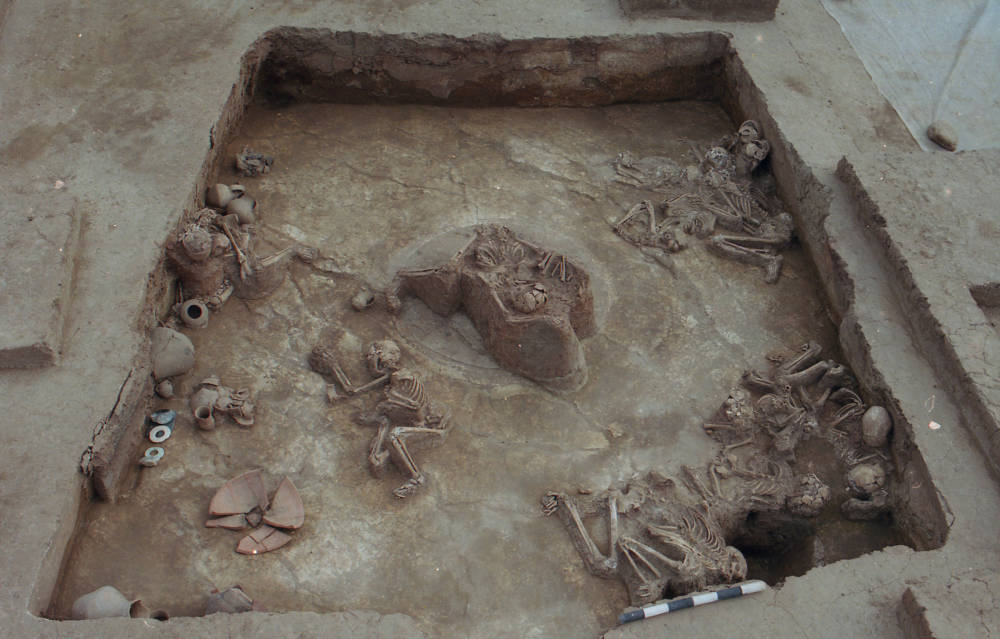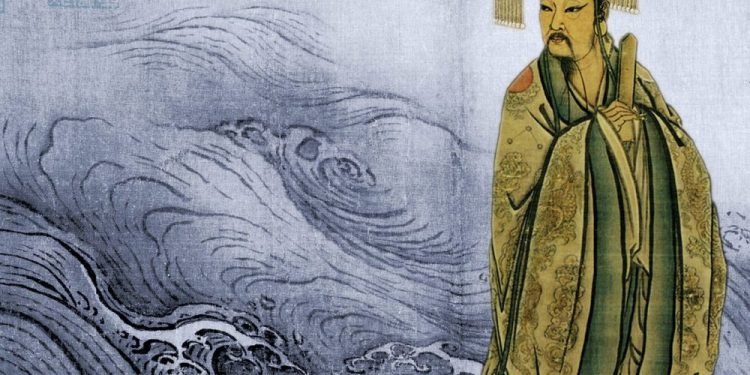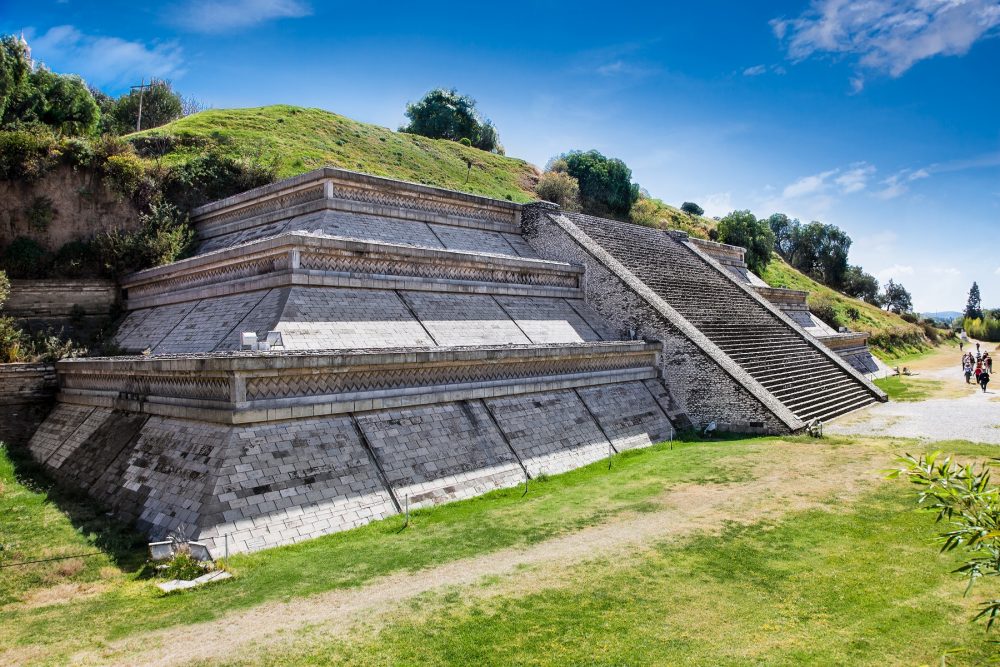Almost 4,000 years ago, a landslide caused huge rock masses to collapse in the Yellow River Valley. The landslides create a massive barrier, turning into a natural dam wall about 200 meters high. For months, the river was cut off from its bed to drain. When the clay wall finally collapses under the pressure of the collected waters, a huge flood occurs throughout the province, which has certainly had a major impact on the course of China’s history.
This is a story about what happened, built on the basis of sedimentary rocks and archaeological finds from recent years. The new study, which brought to light evidence of a catastrophic flood, is reported in an article in the journal Science. If the data is confirmed, geological evidence will support one of the most important legends in China – the flood that paved the way for the rise of the semi-mythical first Chinese Xia dynasty.
The study leader Qinglong Wu of Peking University said:
“The significance of this discovery is as it would be to find evidence in support of the biblical story of Noah for Western civilizations”
The Legend of China’s Great Flood

According to ancient legends, a flood occurred in ancient China. It took people decades to adapt their lands to normal life. To a large extent, their efforts were successful thanks to the knowledge and leadership qualities of the legendary hero named Yu the Great. Because of what he did during the difficult years, people entrusted him with power and so he became the mythical founder of the first Xia dynasty.
But there is a heated debate over whether such a dynasty ever existed. The main evidence in support of the thesis that Xia actually existed was written centuries after its decline. In addition, there are no archaeologically established texts that are specifically related to the reign of the Xia dynasty.
Timeline of the continuous research
If the new geological data on the flood from the legend is confirmed, they will be evidence, albeit indirectly, in support of mythology. In short, here’s what geologists say: sedimentary rocks indicate a major flood that occurred around 1920-1900 BC – a period that coincides with a key moment in Chinese history. It was at this time that the Bronze Age began and the Earlitow culture began, which many archaeologists associate with the Xia dynasty.
The discovery comes at the end of Wu’s nine-year journey, who was the first to notice evidence of the flood. In 2007, he came across it while conducting research in the river valley and the Jishi Gorge in the upper reaches of the Yellow River.
Field research and photos from Google Earth show yellowish sedimentary layers in the gorge. Their location is such that they assume that they remained after a lake, or in other words – once the river was blocked and a reservoir was formed on the site.

Wu then explored the archeological finds at Lajia, a complex of cave dwellings discovered in 2000 about 25 kilometers downstream of the river that was believed to have been destroyed by an earthquake.
Radiocarbon dating of human remains found at the site indicates that they are from about 3900 years ago. The lodge is covered with the characteristic black sand of the area, unlike the surrounding sediments.
This led Wu to suggest that the sediments must have been washed away by the Lajia in less than a year after the catastrophic earthquake. Analysis of the sediments shows that they came along the river, just above the Jishi Gorge.

Very soon after that, Wu came across the “hot tracks” he needed – the remains of the earth embankment, which turned into a natural dam wall and blocked the Jishi Gorge. In 2009 he published a message about his discovery, but only later realized that the dam created by nature was much larger than he thought.
Repeated field research reveals more than the remains of the natural dam wall. Its dimensions are really impressive: almost 1300 meters long, about 800 meters thick and 600 meters high.
According to the team’s calculations, when the wall, previously created by the spectacular landslide, collapsed, in just a few hours from the dam formed, the waters rushed downstream, collecting for between six and nine months. To illustrate the scale of the flood, scientists say that at the peak of the flood, water flowed into the riverbed every second, as much as 160 Olympic-sized pools could hold.
At Lajia, the water element reached a height of 40 meters above the normal level of the riverbed. And downstream of the Yellow River, the flood had probably changed its bed for a very long time, causing spills and swamps for hundreds of kilometers. It took many years to overcome the effects of the flood.
Given the scale of the flood and its impact hundreds of miles down the Yellow River, Wu believes he has identified the flood that ancient legends explain.
What can we make of these discoveries? Was the mythical Great Flood actually real after all?
As valid as the new evidence of the actual flood that determined China’s history may be, it is still unable to put an end to the debate over the existence of the Xia dynasty.
“It is very important to recognize that this evidence is useful for understanding the processes of Chinese nation-building,” said Sarah Allen of Dartmouth College, an expert on ancient China who is not involved in the study.
Sarah Allen and other experts are firmly convinced that the great floods can best be understood in the context of the mythology of different peoples, telling about the creation of the world. Later dynasties used this type of myth to legitimize themselves and their rules by which they exercised their power.
In her book, she sets out her theory on the subject and writes that the rulers of the Shang dynasty mythologize themselves as kings of the sun, using the flooding technique in their battle against the Xia rulers, while the Zhou dynasty rulers use the same story as a precedent to justify the conquest of Shan.
Sarah Allen admires researchers for finding evidence of the flood but says the true historical existence of the Xia dynasty will not be proven until written Chinese documents from the Xia period are found – a problem that the huge flood is not capable of proving.
Join the discussion and participate in awesome giveaways in our mobile Telegram group. Join Curiosmos on Telegram Today. t.me/Curiosmos











